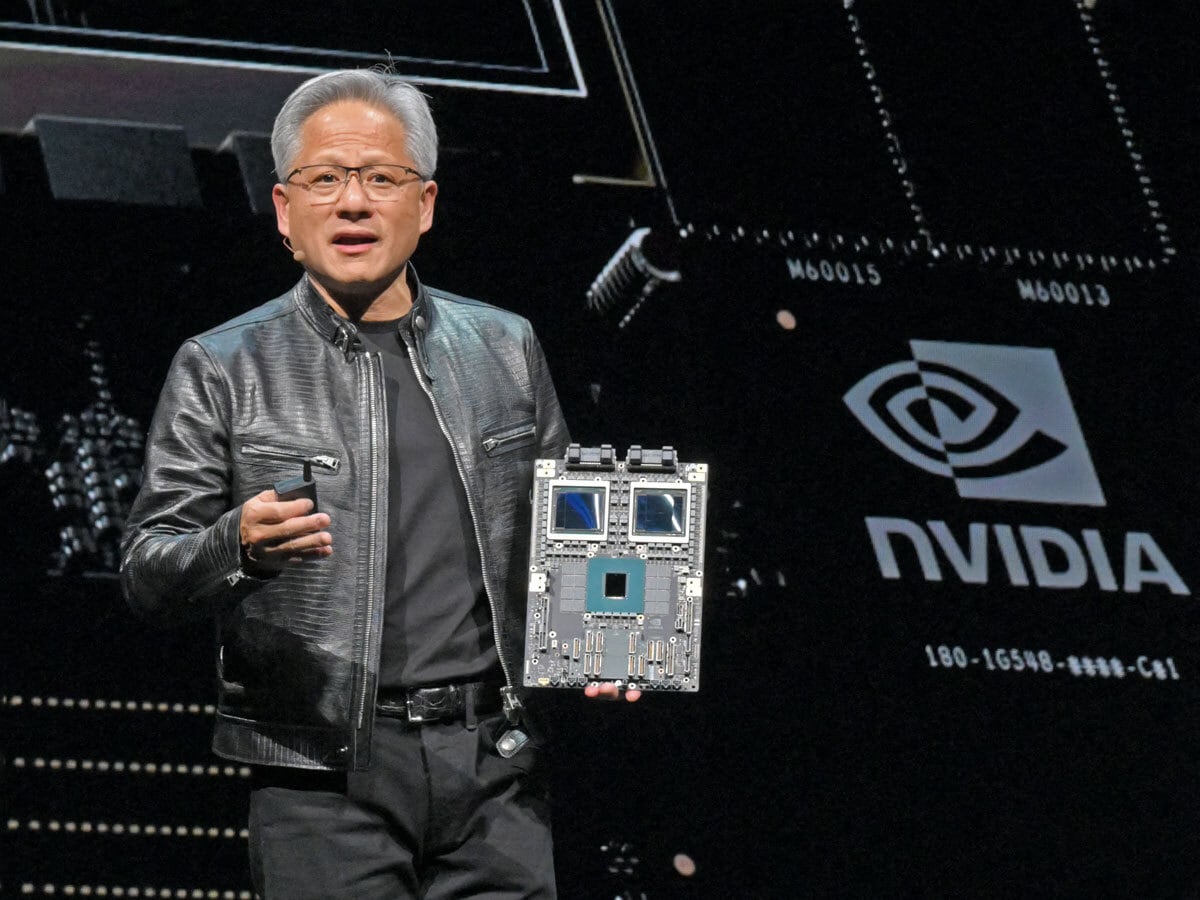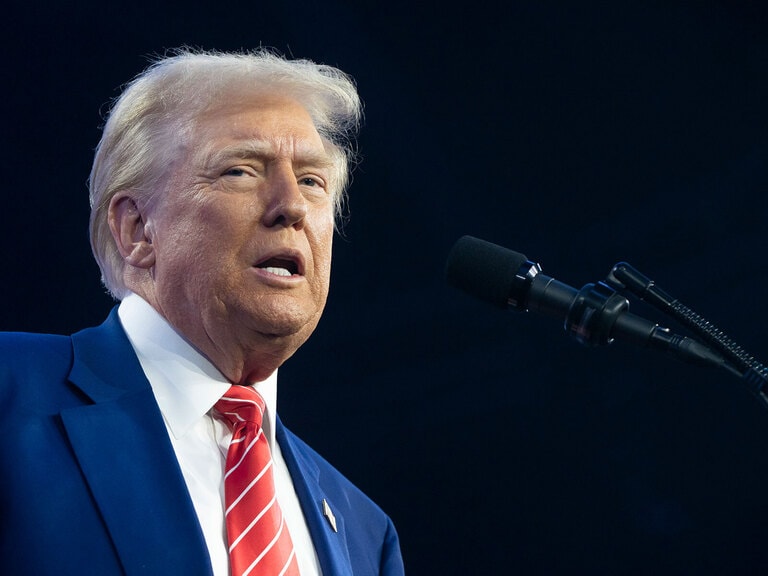Nvidia’s share price is on everyone’s lips due to its dominant position in the AI industry, backed by cutting-edge technology and software. While its success is undeniable, investors should also consider potential risks and how the market perceives them. For example, positive developments like development updates on Nvidia’s upcoming Rubin chip are having little impact on its stock price, suggesting much of Nvidia's success may already be priced into the share.
While Nvidia is the current benchmark, its market dominance could face challenges from competitors, particularly in AI inference, where specialised hardware might disrupt its GPU-focused approach. The key question is whether Nvidia's current valuation justifies its upside potential, given the risks posed by emerging players like Amazon with its Tranium chip and other tech giants developing AI hardware solutions.
Market assessment
The market’s price/earnings (P/E) ratio is currently at its highest level in decades. The S&P 500's performance has been heavily driven by the magnificent seven stocks: Apple, Microsoft, Alphabet, Amazon, Nvidia, Meta, and Tesla. These few companies have accounted for a significant share of the index’s recent gains.
Price-earnings ratio
Stocks are valued using price/earnings multiples, reflecting a company's projected earnings for the next year; buying a stock means purchasing a share of the company’s future earnings, assuming the company makes money over several years.
The S&P 500 has averaged a P/E ratio of 16 since World War II, which could be seen as paying for 16 years of earnings. However, the process of discounting future earnings makes $1 in the future worth less than $1 today, so a P/E ratio of 16 represents paying for more than 20 years of earnings, (depending on the discount rate used).
During market bubbles or in periods of overheating, hot stocks can trade far above the typical P/E ratio of 16. For example, during the dot-com bubble, some stocks traded at 60 to 90 times future earnings, if they had any earnings at all. For investors, the P/E is often just a number, and it's right until it's not.
Nvidia's current forward P/E ratio is just over 30, just under double the post-war S&P 500 average but far below dot-com bubble levels. A P/E ratio in the 30s suggests investors expect Nvidia to remain successful for decades, with steady earnings growth and resilience against competitors. However, sustaining dominance in high-tech industries is challenging, as new technologies and competitors can quickly disrupt the landscape.
AI is here to stay
Artificial intelligence (AI) will likely remain a key market theme, but investor focus may shift as AI adoption evolves. Companies, even those previously seen as "AI losers" that struggled with the initial transition to AI, could now find ways to leverage the technology, potentially signalling a broader, more balanced integration across industries.
It is unclear which companies could emerge as winners, but software companies integrating AI into their solutions could gain an edge. Many firms now view AI as an opportunity rather than a threat, signalling a possible strategic shift. Even industry leaders like Nvidia must continuously evaluate their position, and investors should stay alert in this dynamic market
Disclaimer: CMC Markets Singapore may provide or make available research analysis or reports prepared or issued by entities within the CMC Markets group of companies, located and regulated under the laws in a foreign jurisdictions, in accordance with regulation 32C of the Financial Advisers Regulations. Where such information is issued or promulgated to a person who is not an accredited investor, expert investor or institutional investor, CMC Markets Singapore accepts legal responsibility for the contents of the analysis or report, to the extent required by law. Recipients of such information who are resident in Singapore may contact CMC Markets Singapore on 1800 559 6000 for any matters arising from or in connection with the information.








